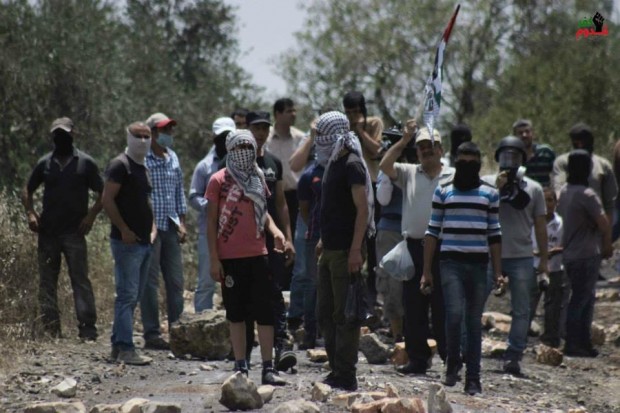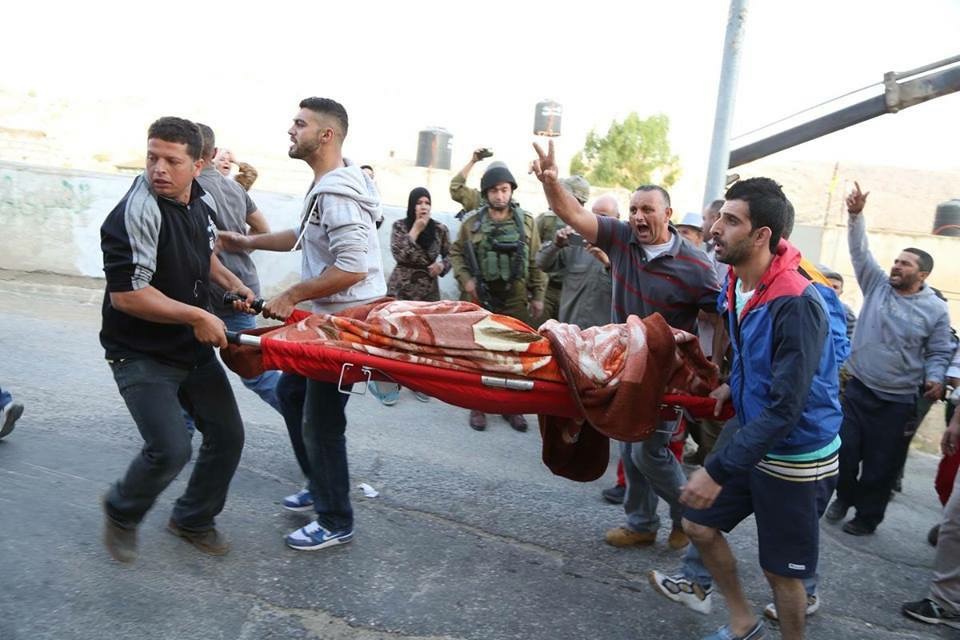Author: ISM Media
-
Israeli forces use live ammunition in Kafr Qaddum on the first Friday of Ramadhan
21st June 2015 | International Solidarity Movement, Al Khalil Team | Kafr Qaddum, Occupied Palestine On the 19th of June in Kafr Qaddum, the first Friday demonstration of Ramadhan, Israeli border police shot two Palestinians with live ammunition. One Palestinian was shot twice in the leg and the other was shot once in the leg.…
-
Israeli forces try to violently suppress protest in Jalazone
14th June 2015 | International Solidarity Movement, Ramallah Team | Jalazone, Occupied Palestine On Friday June 12th in Jalazone, north of Ramallah, Israeli forces responded to a Palestinian protest against illegal Israeli settlements with rubber coated steel bullets, tear gas, stun grenades and live ammunition. The Israeli occupation forces also attacked journalists that were covering…
-
Israeli army murders Palestinian in Kafr Malek
14th June 2015 | International Solidarity Movement, Khalil Team | Kafr Malek, Occupied Palestine ***GRAPHIC IMAGE WARNING*** Abdullah Eyad Ghanayem, 21 years old, was killed by the Israeli army early morning around 3:00 AM in Kafr Malek, a village north Ramallah. According to a Palestine Red Crescent Society paramedic that contacted ISM, the soldiers invaded…



